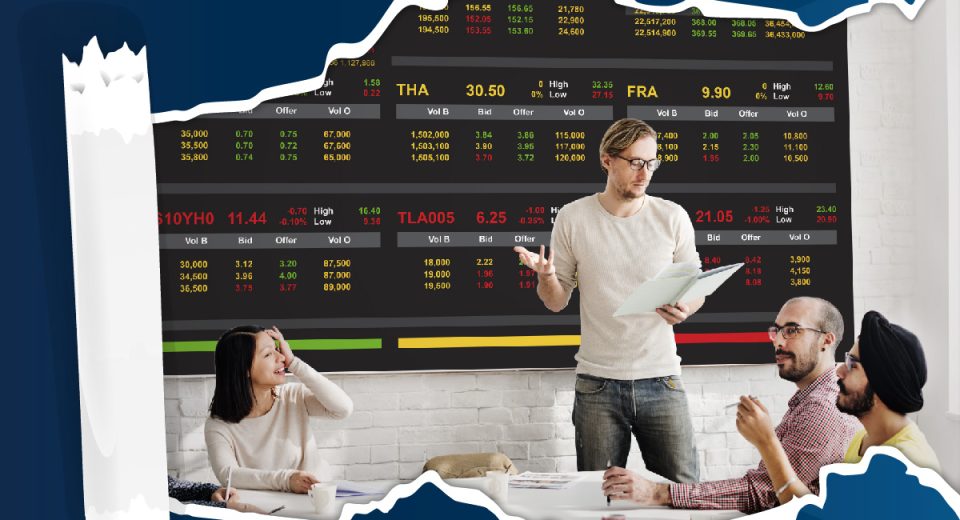Ethereum is a decentralised platform that runs smart contracts, which are applications that run according to their own programme, without any kind of downtime, censorship, fraud or interference by a third party. Based on a custom-built blockchain, this platform allows developers to create markets, store registries of debts or transfer funds as per instructions, with no requirement for a middleman.
Ethereum development has been planned in four stages, with new features being added at every stage – let’s find out more!
Stages of Development of Ethereum
Conceived by Vitalik Buterin, this ambitious project was launched in July 2015. The project is an open source, public, blockchain-based distributed computing platform and operating system, featuring smart contract scripting functionality. Ethereum went live in July 2015 with 11.9 million ether (ETH) coins that were pre-mined for the crowdsale.
This ongoing project is planned to be completed in four stages, the second of which is currently in progress. The four stages are:
- Frontier: The first stage for the development of the Ethereum project was aimed mainly at people with a technical background due to the technical nature of the interaction interface of the network. Frontier is essentially the Ethereum platform in its most minimalistic form where people can purchase ether to upload their own software.
- Homestead: In the second stage of its development, which was launched on March 14, 2016, Ethereum went a little further by introducing many protocol improvements to speed up transactions on the networks. This stage involved the activation of more blocks, while laying the foundation for future upgrades.
- Metropolis: The Metropolis stage will see changes to the network including the introduction of security updates and an increased degree of automation in smart contracts. This phase will also make the platform easier for the layperson by introducing programmes that do not require the downloading of the entire blockchain locally.
- Ice Age or Serenity: The Serenity phase envisages changing from a Proof of Work method to a Proof of Stake method in a bid to reduce energy consumption. The network will also be faster, more efficient and easier for beginners to understand.
The main difference between the Proof of Work and the Proof of Stake methods is that the former uses powerful hardware to calculate block hashes and then validates blocks and transactions. Here, the computing power and time invested to get the right hash is important.
In Proof of Stake, mining is virtual, wherein validators send a special transaction into the blockchain to lock up their ether holdings for a certain period. This is just like a bank deposit, on which one earns interest. The validator gets awarded for legitimate transactions but loses the staked ether if illegitimate transactions are included. So, anyone who tries to cheat the network will lose their ether holdings.
Over time, the Ice Age stage is expected to raise the difficulty of mining and slow down the production of blocks, until the network becomes completely frozen and unusable.
Ethereum is undergoing constant development and will slowly advance to a model that will resolve the current problems faced by all blockchain networks. The issues to be resolved include privacy, consensus safety, smart contract safety and scalability.
Disclaimer
If you liked this educational article please consult our Risk Disclosure Notice before starting to trade. Trading leveraged products involves a high level of risk. You may lose more than your invested capital.





